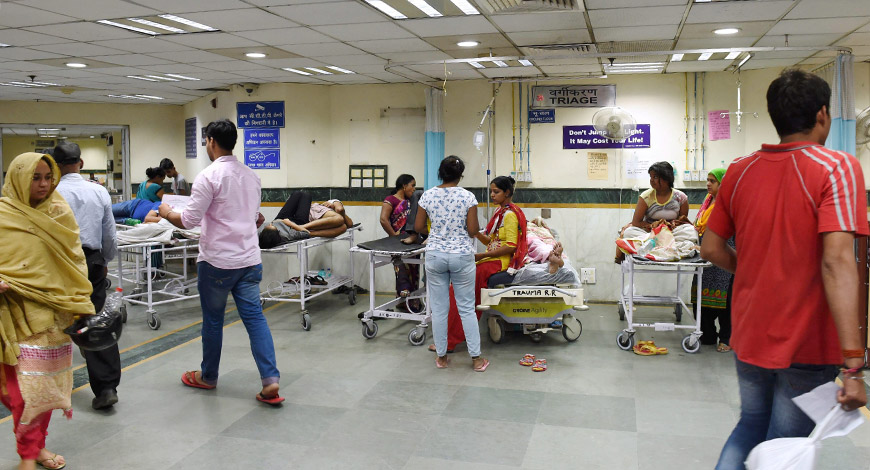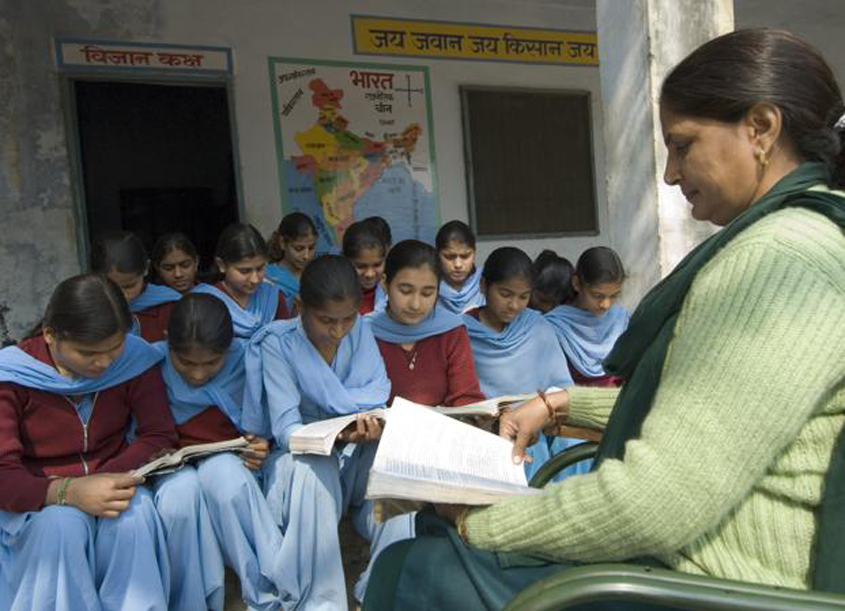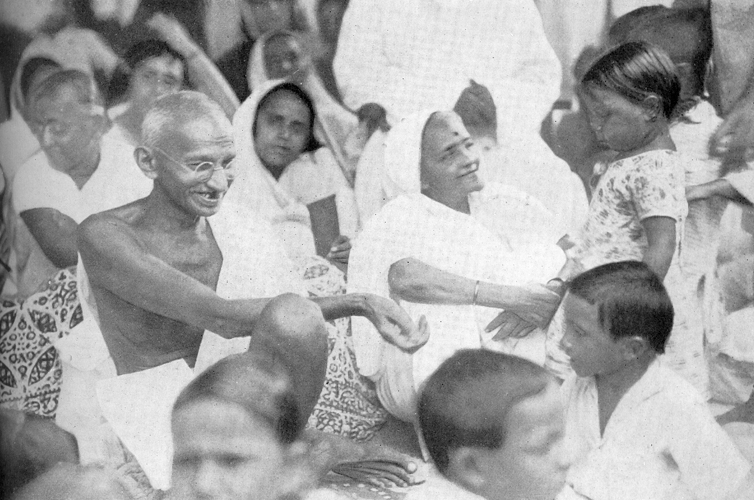HEALTH
Although not a fundamental right, healthcare demands the critical attention of the State especially at a time when the private sector is making its entry into all spheres of life from healthcare and schooling to banking and communication.
Rajeshwari | The New Leam

The constitution of India does not include health as an explicit fundamental right. However, some articles in the Directive Principles (Part IV, Article 38, 39(e), 41, 42, 47, and 48(a)) ensure provisions for health care for the citizens as a primary concern of the state.
The guidelines along with other provisions in the constitution establish right to health as an implied fundamental right. Despite the judiciary issuing various statements through different times towards strengthening the functioning of the public health sector in India, for instance, provision of adequate health facilities at public health centers, upgradation of sub-divisional level hospitals to make them capable of treating serious patients, to ensure availability of bed in any emergency at state level hospitals, establishment of a centralized communication system so that the patient can be sent immediately to the hospital where a bed is available in respect of the treatment, and mandating every doctor at a government hospital or otherwise as a professional obligation to extend his/her services with due expertise for protecting life of a patient, etc., the public health sector catering to the largest democratic demography functions in an apathetic condition.
The healthcare in India is not an electoral issue. This is observable in the low investment of government in the healthcare, which along with the challenges and inefficiency in the management, corruption, lack of accountability and healthcare workforce issues do not feature in the political agenda of the contesting parties.
Within this negligence looms the larger issue of fast seeping in of privatization of the health sector.
The National Sample Survey in 2014 reported the dominance of private players in health with 58% population in rural and 68% population in urban spaces sorting to private hospitals. This report along with WHO report (2015) on extremely low per capita expenditure on health of 63$ accounting to 4.7 % of GDP of which only 1.15% is the government spending, projects a stark apathy from the government to cater to its citizens a healthy and dignified life.
The recent deaths of 12 children in the municipal hospitals of Delhi over the course of 2 weeks due to shortage of drugs, is another disgrace contained by India’s rotting public healthcare system. The list nested with further horrifying incidents goes on with a husband having to walk for miles carrying his wife’s body because ambulances refused help, dogs feeding on a body kept in a mortuary, rats gnawing at a newborn in a hospital, 400 children dying at a hospital at Gorakhpur due to shortage of oxygen tanks.
While during the recent times, the PPP has taken a center stage for ensuring accountability in catering health services, in a highly unequal society where the privileged have the means to rely on private healthcare facilities; the accountability of the public sector is of little consequence to them. Jean Dreze while commenting on the Gorakhpur incidents remarks, in such cases, the illness itself disempowers the marginalized to claim their proposed accountability within these partnerships. He further observes that this has been constantly reflected in the prevalence of an enormous social distance that separates the doctors who run public hospitals and their patients, especially in states like Uttar Pradesh. This snatches away the levers to exert assertion by the masses already struggling towards a system designed by skewed definitions of accountability.
The health sector demands attention to strengthen the health systems, develop human resources and build capacities of the healthcare workforce to cater to the challenging landscape of public health, and design effective frameworks for its regulation. Apart from a strong healthcare system, contribution to health of a population also derives from social determinants of health like living conditions, nutrition, safe drinking water, sanitation, education, early child development and social security measures, making public health an intersectoral debate, calling for a politically challenging strategy and collective action.












